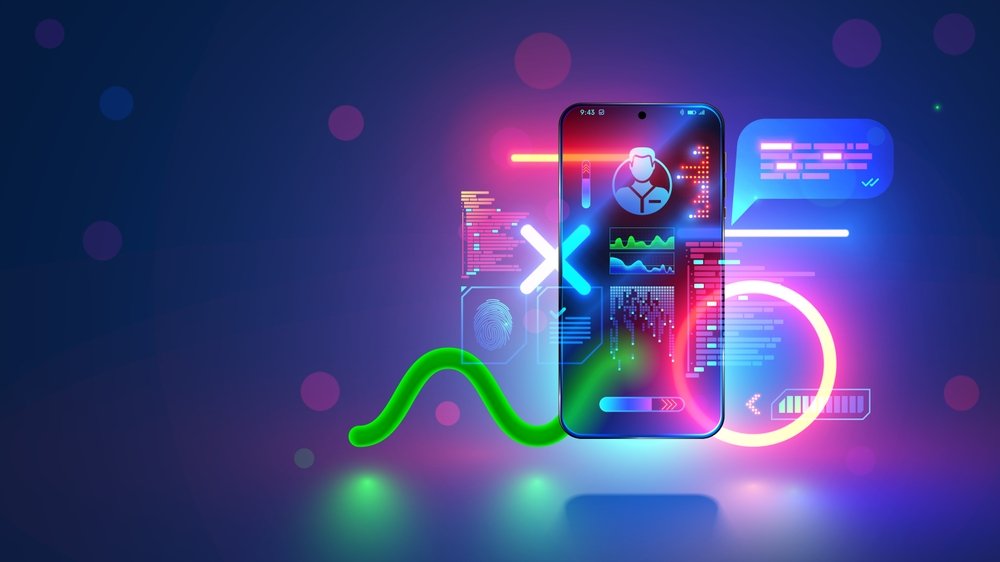As remote work becomes the norm rather than the exception, employers and employees alike are adjusting to new ways of managing time, tasks, and productivity. One tool that has gained significant traction is the employee productivity tracker. These tools help businesses monitor employee performance and engagement, allowing for a more efficient and effective remote work experience.
In this article, we’ll dive deep into how an employee productivity tracker can revolutionize remote work by improving focus, accountability, and overall team performance.
What is an Employee Productivity Tracker?
An employee productivity tracker is a software tool that helps monitor and analyze the work activities of remote employees. It tracks various metrics, such as the time spent on tasks, apps used, websites visited, and even the number of keystrokes typed or screenshots taken. The goal is to help organizations ensure that employees are staying productive and aligned with their goals.
Key Features of an Employee Productivity Tracker:
- Time Tracking: Tracks the amount of time spent on specific tasks or projects.
- Activity Monitoring: Monitors the use of applications and websites to identify productive and non-productive behaviors.
- Reporting & Analytics: Generates detailed reports and analytics to help managers make data-driven decisions.
- Goal Setting: Allows employees and managers to set measurable goals and track progress.
- Real-Time Monitoring: Provides live insights into employee activities and performance.
Now that we understand what these tools do, let’s explore how they can benefit remote teams.
The Impact of Employee Productivity Trackers on Remote Work
1. Improved Focus and Time Management
One of the biggest challenges remote employees face is managing their time effectively. Employee productivity trackers provide insights into how employees are spending their time during the workday, helping them stay focused and on task.
- Eliminate time-wasting activities: By tracking time spent on non-work-related apps and websites, productivity trackers can alert employees when they are deviating from their work goals.
- Time-blocking: Employees can set aside specific time slots for certain tasks, ensuring they dedicate focused time to high-priority activities.
- Task prioritization: Employees can see how much time they’re spending on various projects, helping them prioritize tasks more effectively.
This clarity helps remote workers create structured work schedules, increasing their productivity and ensuring they stay focused throughout the day.
2. Increased Accountability
Accountability is often a struggle when managing remote teams. With the ability to track individual performance, employee productivity trackers help create a culture of accountability where everyone knows their roles and expectations.
- Clear deliverables: By tracking time spent on tasks, employees can easily identify whether they’re meeting their deadlines and goals.
- Performance transparency: Managers can access performance data in real time, making it easier to identify underperforming employees and offer support where needed.
- Self-accountability: Employees also become more self-aware of how they are spending their time, motivating them to stay on task.
This increased accountability fosters a sense of responsibility among employees, encouraging them to complete their work efficiently and meet deadlines.
3. Data-Driven Insights for Better Decision Making
One of the greatest advantages of using an employee productivity tracker is the data it provides. This data can be analyzed to make informed decisions that improve team performance and workflow.
- Identify productivity trends: Managers can spot patterns in employee productivity, identifying when and why employees are most productive.
- Optimize resource allocation: Understanding employee performance helps managers allocate resources more effectively, such as assigning more projects to high-performing employees.
- Continuous improvement: The data also allows managers to continuously assess the team’s performance and tweak processes to enhance productivity.
By relying on data, rather than assumptions, you can make decisions that directly improve your remote team’s productivity.
4. Better Work-Life Balance
Work-life balance can become a challenge when working remotely. Without the clear boundaries of an office, it’s easy for employees to overwork themselves or struggle to disconnect.
- Tracking work hours: Productivity trackers help employees monitor their working hours, preventing burnout by ensuring they take regular breaks and stop working when their shift is over.
- Goal setting and time tracking: By setting clear work goals and tracking time spent, employees can avoid overworking and ensure they stick to their schedule.
- Transparency: Managers can also monitor employees’ working hours and ensure they’re not exceeding the expected workload.
This balance not only enhances employee well-being but also improves job satisfaction, leading to better retention and morale.
5. Enhanced Communication and Collaboration
Effective communication is crucial for remote teams. Employee productivity trackers can facilitate communication by providing insights into who is working on what and how progress is being made.
- Team collaboration: Managers can use productivity data to identify team bottlenecks or miscommunications, making it easier to redistribute tasks or offer additional support.
- Real-time updates: With real-time monitoring, teams can stay on track with deadlines and ensure that collaborative projects move forward smoothly.
- Clear feedback: Managers can provide more targeted feedback based on the data from the tracker, ensuring that employees understand how to improve.
In a remote work environment, where face-to-face interactions are limited, these tools can enhance collaboration and communication, ensuring that projects stay on track.
The Benefits of Using Employee Productivity Trackers
1. Optimizing Team Performance
Employee productivity trackers provide the insights necessary to identify areas for improvement within teams. This helps managers optimize performance by redistributing workloads, providing additional support, or recognizing high performers.
2. Identifying Bottlenecks
If projects are not progressing as planned, productivity trackers can pinpoint exactly where things are slowing down. Whether it’s an issue with a specific team member or a process inefficiency, you can address it quickly and improve workflow.
3. Motivation and Employee Engagement
Knowing that their performance is being tracked can be motivating for employees, especially when they see their progress over time. Many productivity trackers allow employees to set personal goals, which can drive engagement and productivity.
4. Real-Time Feedback
Instead of waiting for a monthly performance review, employees receive real-time feedback, allowing them to improve quickly and stay on track. This also leads to more continuous improvement for both employees and managers.
5. Compliance and Reporting
In certain industries, tracking employee time and activity is necessary for compliance. Employee productivity trackers help ensure that all data is accurately recorded and reported, which can be essential for audits or regulatory requirements.
How to Implement an Employee Productivity Tracker Effectively
To make the most of employee productivity trackers, it’s essential to implement them properly. Here are a few best practices to ensure success:
- Set clear goals and expectations: Ensure that employees understand why they’re being tracked and how the data will be used to improve their performance, not to micromanage.
- Regular check-ins: Hold regular one-on-one meetings to discuss the data and set new goals. This ensures the data is being used constructively.
- Ensure transparency and trust: Be open with employees about the tracking process and how it can help them become more productive.
Challenges and Solutions of Using Employee Productivity Trackers
While productivity trackers can be incredibly useful, there are challenges to be aware of:
- Employee resistance: Some employees may feel uncomfortable with monitoring tools. Mitigate this by communicating the purpose of the tracker and using the data to support, not punish.
- Privacy concerns: Be mindful of privacy laws and respect employees’ boundaries. Ensure that the tracker only collects necessary data.
- Balancing autonomy: Avoid micromanaging. Use productivity trackers as a tool to guide, not control, employee behavior.
By addressing these challenges proactively, you can ensure that productivity trackers are a positive force within your organization.
Conclusion
An employee productivity tracker can revolutionize remote work by helping employees stay focused, improving accountability, providing data-driven insights, and ensuring a better work-life balance. While there are challenges to consider, implementing these tools thoughtfully can lead to enhanced performance and stronger team collaboration. By setting clear expectations, fostering transparency, and using data to support growth, you can make the most of productivity trackers and create a more efficient, engaged remote workforce.



